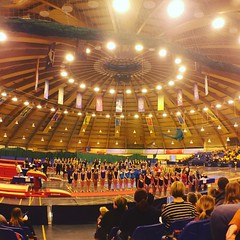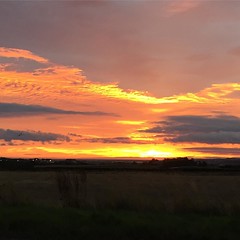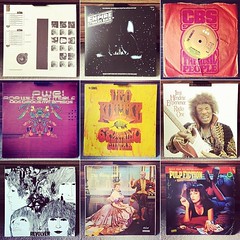
As a concerned parent, just over 12 months ago I started looking at the evidence related to the effects of computer games on children and the wider population. This in turn led me to what I am now pursuing as a Masters Project. If you sift through the horror stories you’ll find ‘some’ genuine reasons for concern, but from the evidence I’ve seen, the key issues seem to boil down to common sense and having a decent relationship with your kids.
By no means am I setting my self up as SuperNanny, so first and foremost this is an open letter to my future self, for whom Lego Star Wars II will be a distant, idealised memory.
Jon (Jon in 2021 that is…),
Hope all’s well with you and the family…
It seems to me (the 2011 me) that if our kids (yours and mine…) are playing computer games, we really should know what those games are and, most crucially, what those games entail. Also, how many hours a day are they playing them..? We should know this stuff, and restrict as required! It’s possible to have too much of a good thing, right?
And they are good… they are glorified puzzles… and there doesn’t ‘have to be’ zombie slayings… so don’t demonise them or scape-goat them for crimes they haven’t committed..! (No one said this would be easy…) Certainly a better use of time than TV!
Talking of TV, do you remember that old Panarama ‘Addicted to Games?’ programme from 2010 where the reporter, Raphael Rowe said, ‘If I asked my six-year-old son to stop playing PlayStation football or a Wii adventure game the result was a mini-fit, complete with genuine tears and tantrums. I did not get that kind of extreme reaction when I called time on cartoons on TV, playing in the garden or his favourite action toys.’
This is one we thought about a lot at the time, having had similar experiences… however, it occurred to us… don’t switch the console off halfway through a game! It’s not fair… do parents turn TVs off halfway throughEastenders, or Corrie? (Whether they should or not is another matter…) But ‘no’, they don’t! So, just agree a time limit, then they decide if it’s worth starting another level or not…
Establishing boundaries is what parents have to do all the time… but building in a bit of ‘self management’ drastically reduced our ‘game related’ tantrums in 2011… hope that’s still working out for you in 2021! 😉
Finally, as with everything they do, try not to get ‘old’ and ‘dismissive’, join in! You might not get ‘their stuff’ all of the time, but it’s important to try… it helps keeps our kids safe and puts us in a better position to encourage variety… bowling, dancing… synchronised swimming even!
I must say that I’m looking forward to how this all turns out for us… maybe we’ll look back and laugh… maybe not! I wonder where you are just now… Maybe you’re reading this on your new holoPad ™ at the local Syncronised Swimming Gala..? Either way, i’m looking forward to seeing you… soon!
Cheers,
Jon



















